- 路 Microwave
- 路 Atmospheric Pressure Microwave 路 Pressure Microwave 路 Parallel Microwave
- 路 Ultrasonic 路Low Temperature Ultrasound
- 路 Ultraviolet Light
- 路 Microwave Heating 路 Atmospheric Pressure Synthesis 路 Atmospheric Pressure Catalysis 路 Atmospheric Pressure Extraction
- 路 Sample Preparation 路 Microwave Digestion
- 路 Soil Digestion 路 High Pressure Synthesis
- 路 Solid Phase Synthesis
- 路 Organic Synthesis
- 路 Ionic Liquid Synthesis
- 路 Degradation Of Natural Organic Matter
- 路 Natural Product Extraction / Purification
河北祥鹄科学仪器有限公司
Synthesis of SnTe nanocrystals by ultra-fast microwave hydrothermal method to improve thermoelectric performance
This paper, a researcher at the State Key Laboratory of Petroleum Processing and Materials Science Engineering of China University of Petroleum, published a paper on the synthesis of SnTe nanocrystals by ultra-fast microwave hydrothermal method to improve thermoelectric properties. It was published in Nano Energy, and its impact factor is 13.12.
In recent years, the research work of microwave chemistry instruments for material synthesis has become a hot trend of scientific research, and has received great attention from scholars!
SnTe is an important member of IV-VI semiconductors. SnSe and PbTe are two representative thermoelectric materials. Because of their similar rock salt crystal structure, PbTe is considered to be a potentially attractive thermoelectric material. However, due to the difficulty in morphological and dimensional control of SNTE, the current research on SNTE is still limited, and its thermoelectric performance is also low due to its high thermal conductivity. This study designed a simple, ultra-fast microwave hydrothermal method for synthesizing SnTe particles of controlled size from microscale to nanoscale.
The thermoelectric properties of SnTe bulk materials prepared by spark plasma sintering were studied in a wide temperature range, and the size effect was studied. Due to the nano-size effect, the phonon scattering is enhanced and the thermal conductivity is low, 0.60 Wm. When 1K1 was at 803K, 165-nm nanoparticles were obtained in the test piece. At 803 K, the corresponding maximum ZT value was increased to 0.49, which was about 2.3 times that of the mechanically alloyed SnTe block sample.
Thermoelectric (TE) materials have attracted widespread attention in the past few decades not only because of their excellent waste heat generation capability, but also in the solid-state refrigeration [1-4]. The SnT single crystal has a ZT value of 2.6, which is undoubtedly the best TE performance in current materials. As another member of the IV-VI semiconductor, SnTe is not only a lead-free material, but also has a crystal and band structure similar to PbTe crystal, and is considered to be one of the most promising thermoelectric materials. However, recent studies have shown that the ZT values of SNTE crystals are still very low because they themselves have a high thermal conductivity (typically greater than 2.5 Wm).
In this study, the researchers designed a simple, ultra-fast, green, high-yield microwave hydrothermal synthesis of nanoparticles (NPs). The directional adhesion growth mechanism and morphology control techniques are systematically discussed. In order to further verify and understand the nano-size effect, a SNTE reference sample was prepared by ball milling combined with spark plasma sintering (SPS).
Compared with the thermoelectric properties of pure SNTE bulk materials, the ultra-low thermal conductivity (1.5 W m). 1 K1 to 0.60 sm 1 K1, 323-800 K, relatively high Seebeck coefficient (58-90 μV K) found in NPs sintered samples with an average diameter of 165 nm, ZT value is higher (about 0.49 at 803K) This is related to enhanced phonon scattering and enhanced energy filtering effects.

Fig.1↑
Figure 1: (a) Microwave hydrothermal synthesis system: (b) Temperature profile as a function of reaction time, (c) XRD pattern of SNTE nanoparticles, (d) and (e) are SEM images at different magnifications, (f ) is an octahedral structure simulating SNTE nanoparticles; (g), (h), and (i) are global TEM, SEAD, and HRTEM images.

Fig.2↑
Figure 2: (a), (b) and (c) are SEM images of SnTe NPs synthesized with 0g, 1.0g, 1.25g NaOH; (d) are XRD patterns of samples (a) and (c); And (h), (f) and (i), (g) and (j) are SEM images of SNTE particles synthesized with 1.50 g, 2.50 g, 5.50 g NaOH.

Fig.3↑
Figure 3: (a) The overall morphology of the sample after SPS, the inlays are rectangular and square wafers, respectively, for testing thermoelectric properties and Hall measurements: (b) XRD patterns for undoped SNTE reference samples; c), (d), (e) and (f) are densified tests of sintering from mechanically alloyed powders (c) or particles of different diameters (165 nm (d), 550 nm (e) and 8.2 mm (f) Detailed SEM image on the sample.

Fig.4↑
Figure 4: Performance curves of dense samples sintered from 165 nm, 550 nm nanoparticles (NPs), 8.2 mm microparticles (MPS), and mechanical alloyed (MA) powders are: (a) Total thermal conductivity, (b ) lattice thermal conductivity, (c) electrical conductivity, (d) and (e) electrical transport mechanism, (f) hole mobility, carrier concentration and mmx*/0* ratio as a reduction in crystallites The function of size, (g) Seebeck coefficient, (h) power factor and (i) ZT value.
The properties of nano-energy 28 (2016) 78-86 were systematically studied by the phonon scattering theory and the energy filtering effect caused by the nanoscale effect. When the diameter is reduced from 8.2 mm to 165 nm, the thermal conductivity is significantly reduced.
Very low thermal conductivity, 0.60W m1 K1 at 803K, due to the interference of grain refinement, grain boundary and point defects enhances the phonon scattering effect, dense samples are sintered with 165 nm nanoparticles. This value is only 11.8% of the reference sample and is the lowest thermal conductivity of the undoped SNTE to date.
Compared to the reference sample, the 165 nm NPs sample achieved a higher ZT value at 803 K, which was 0.49, which was also higher than other work. Microwave hydrothermal methods, techniques for controlling grain size or morphology, and nano-size effects have also provided new insights into the synthesis-structure-property relationships of a wide range of semiconductor thermoelectric materials.








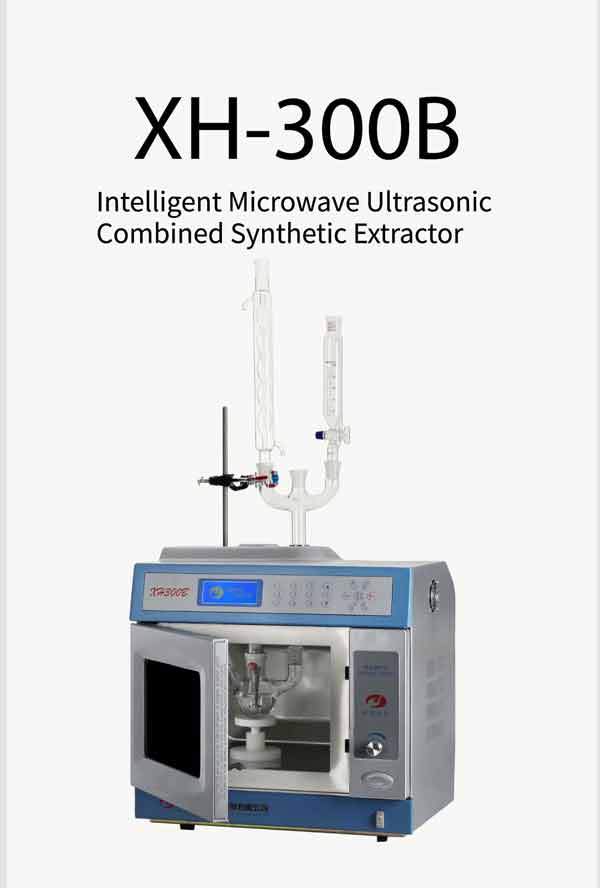

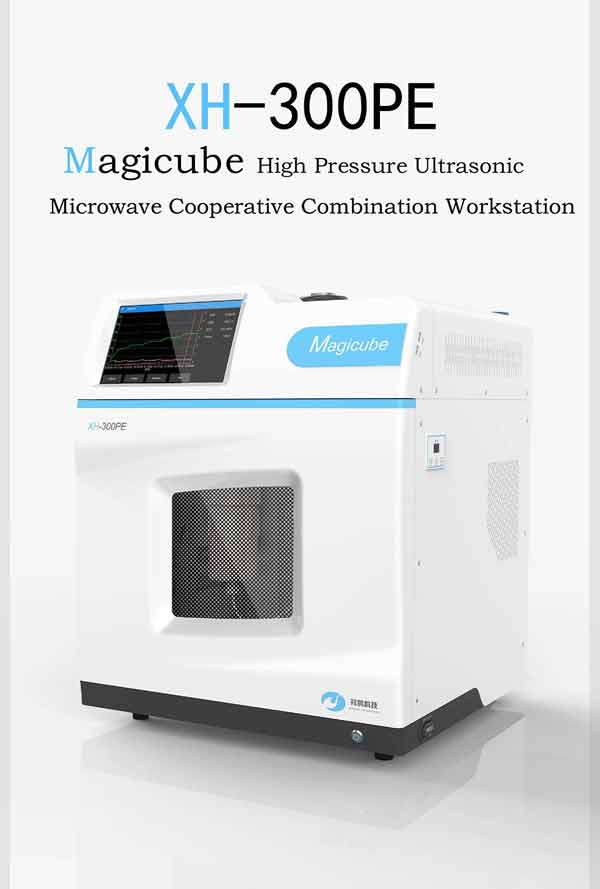
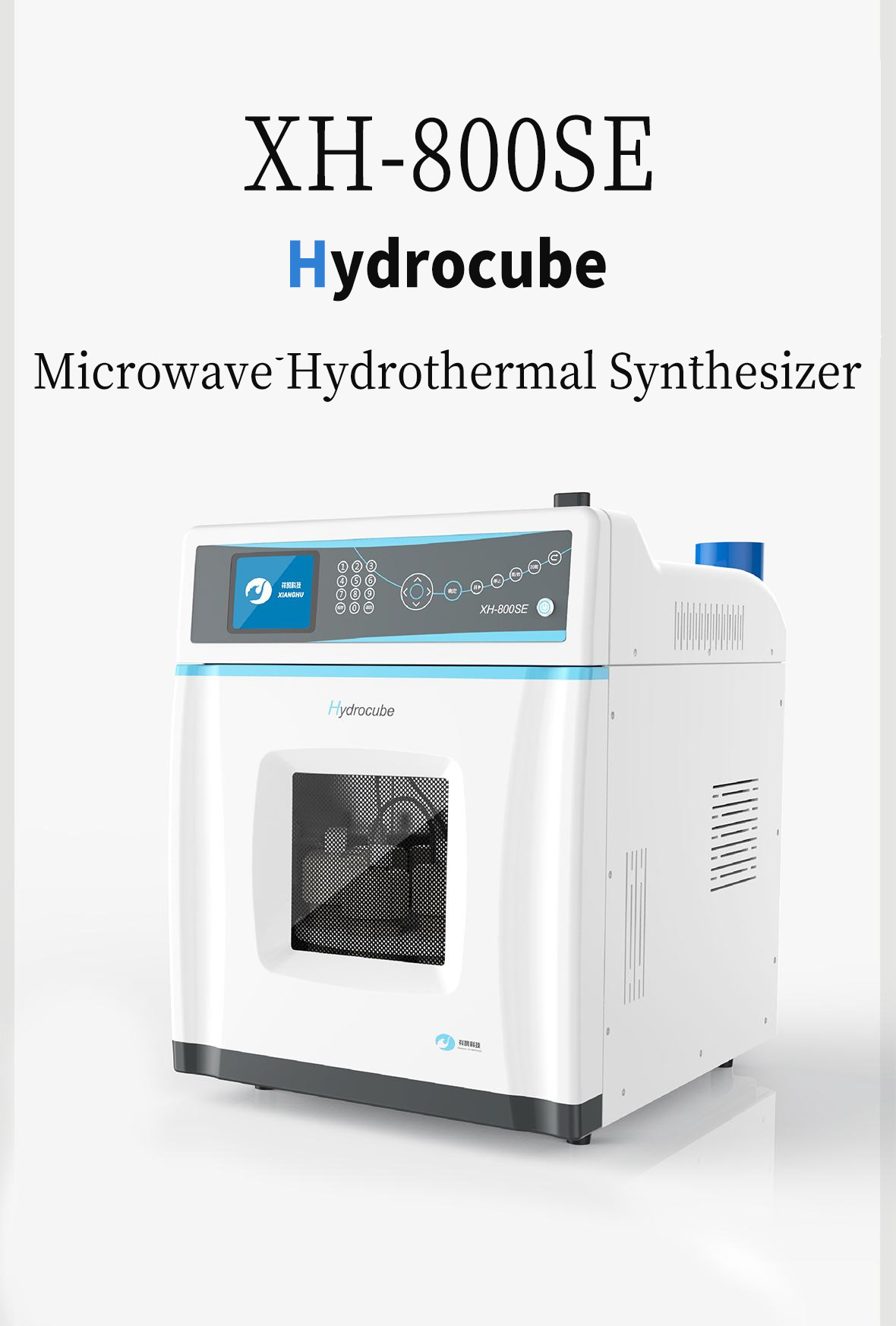
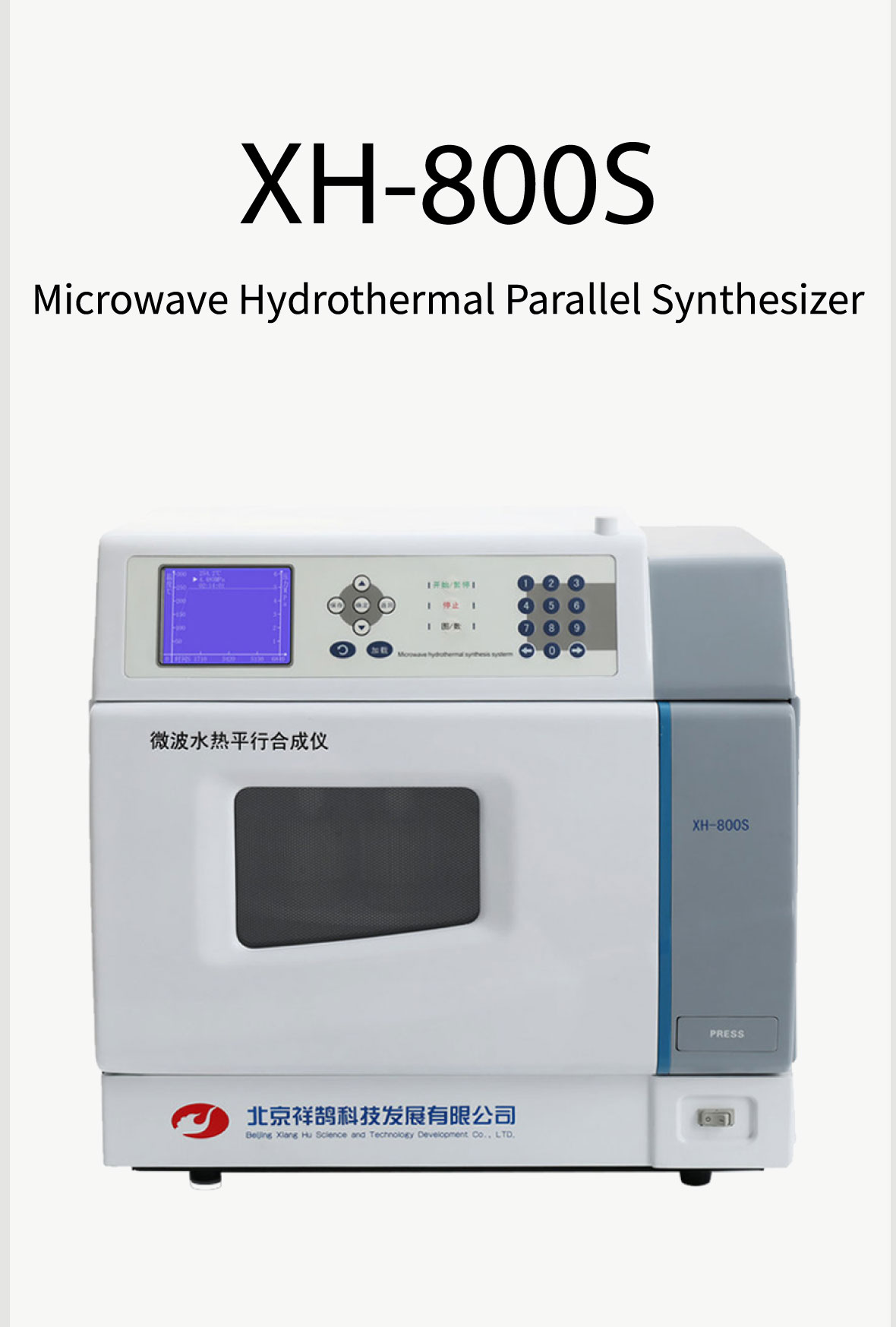
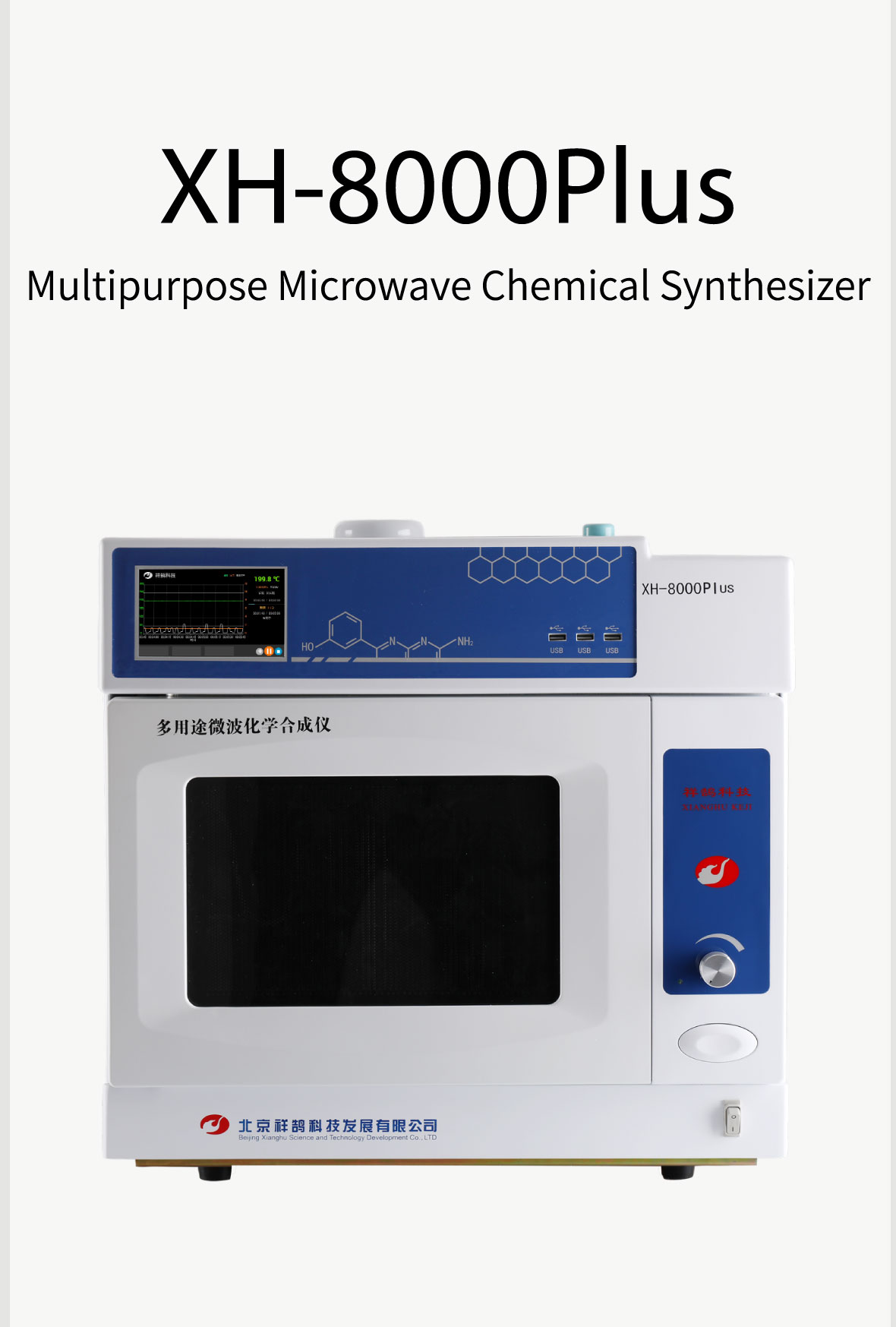
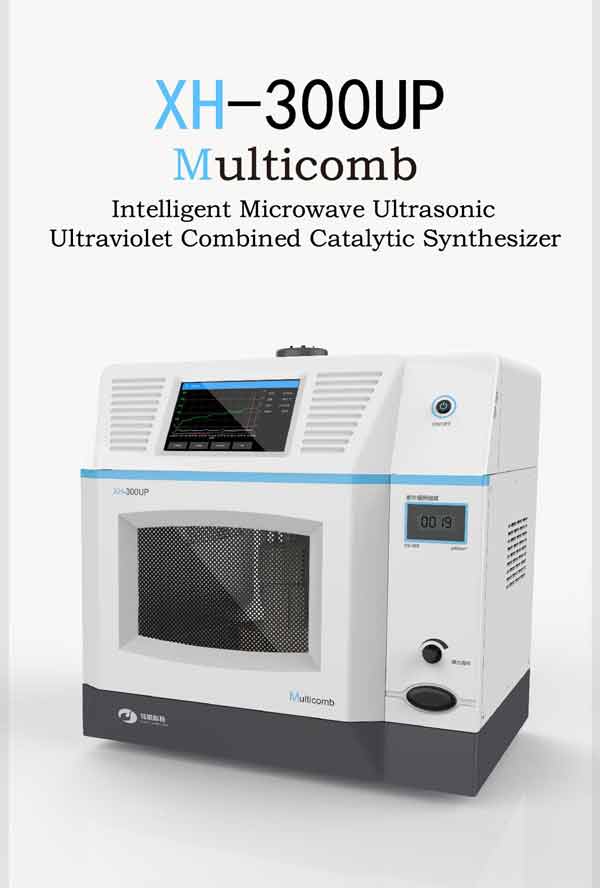
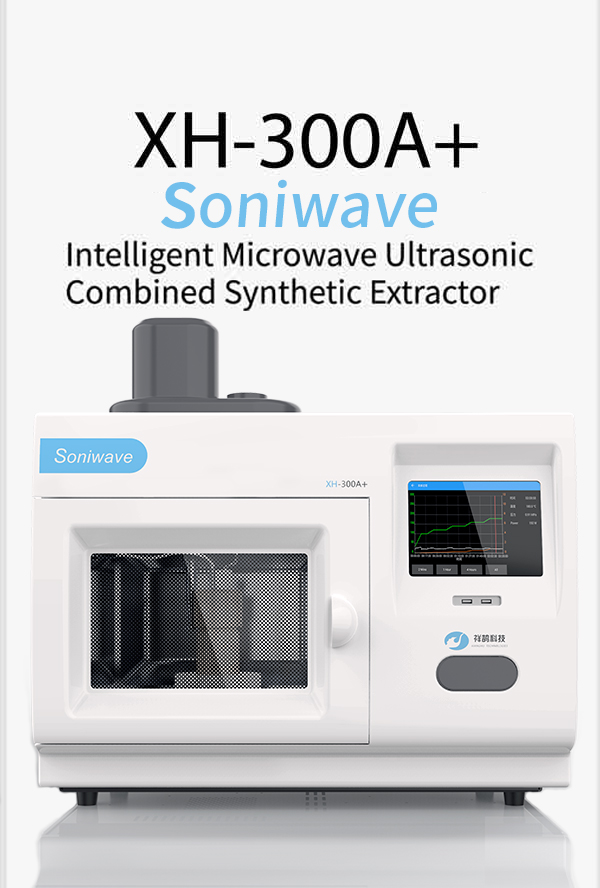

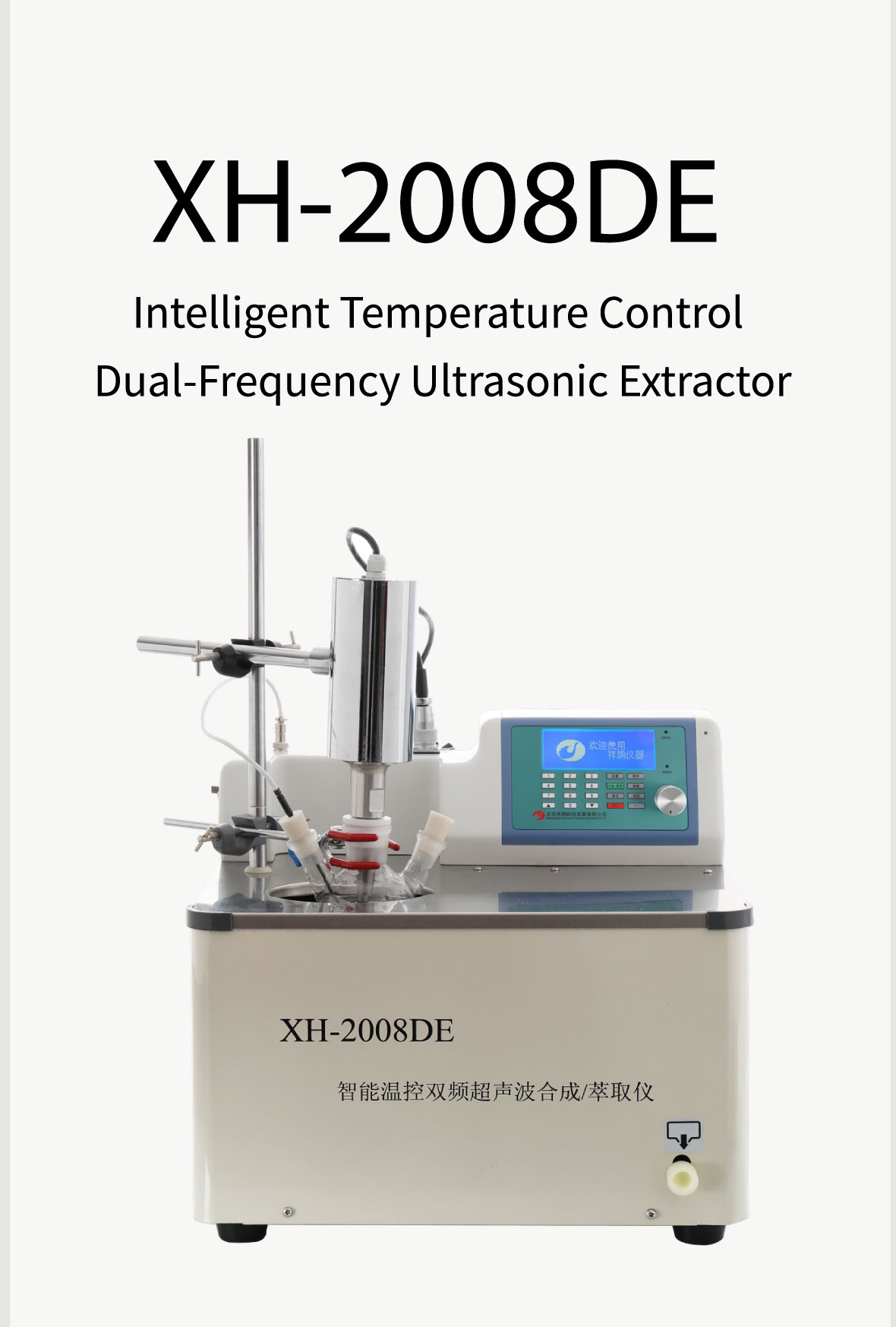







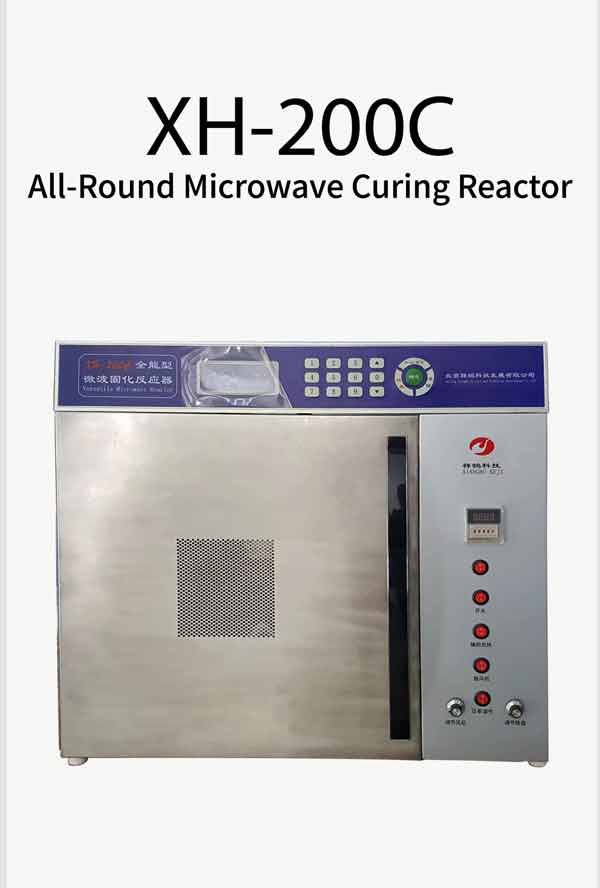
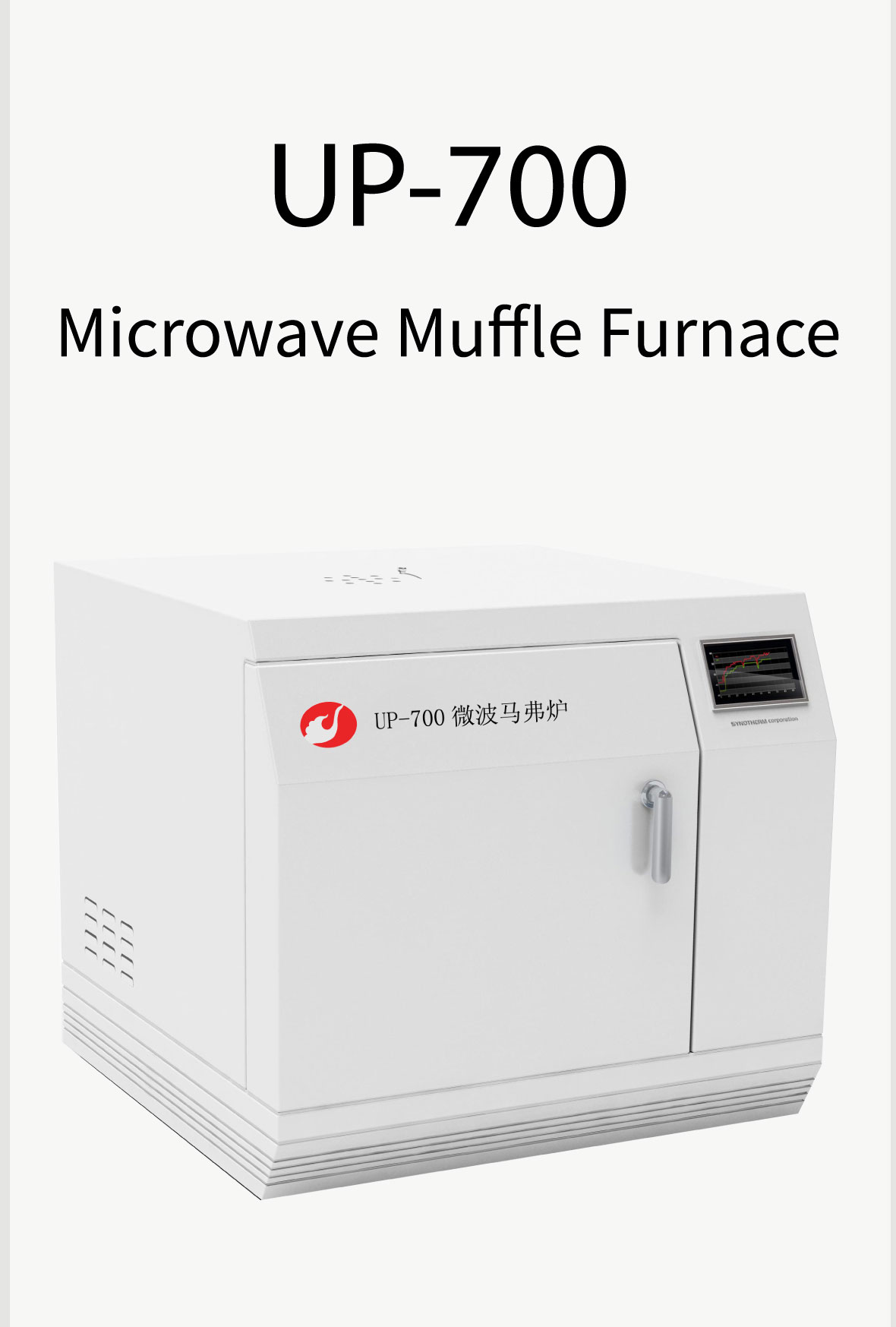

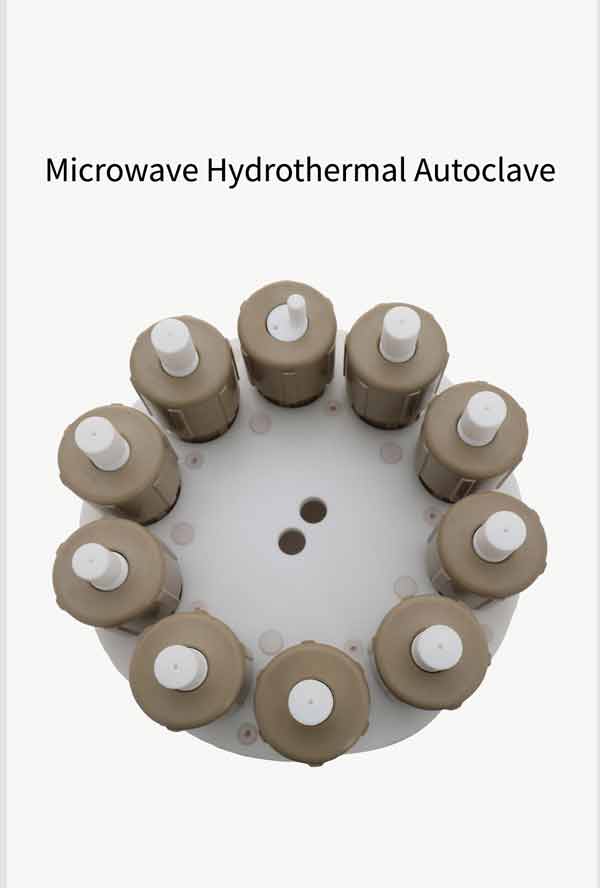

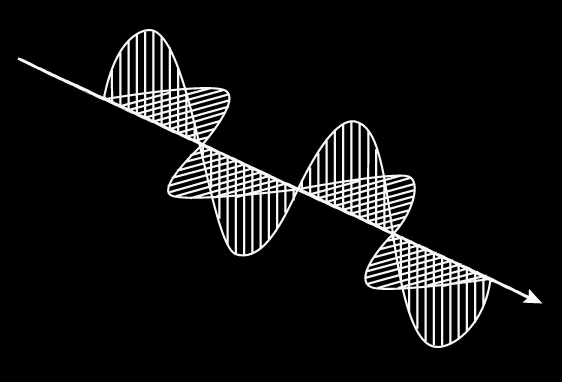

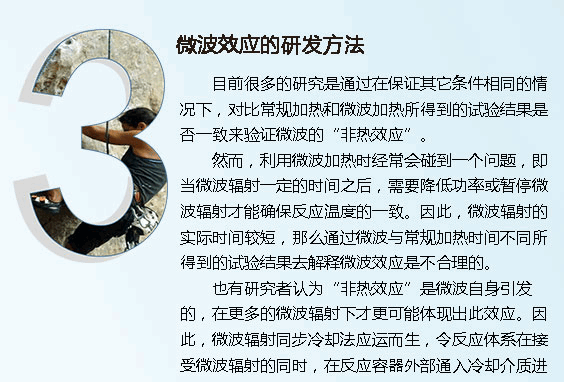
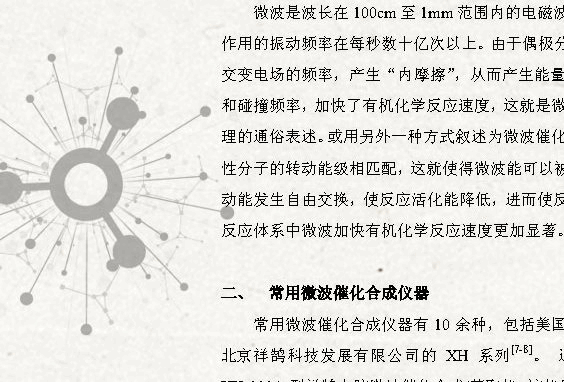

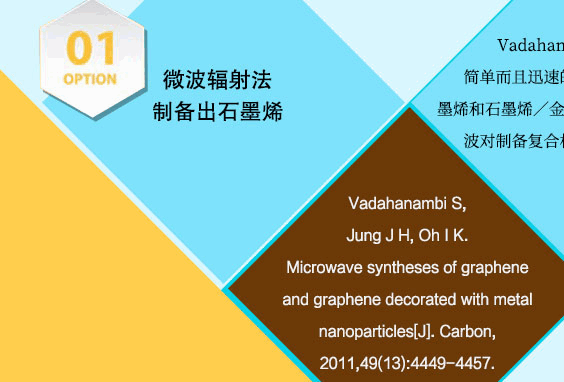



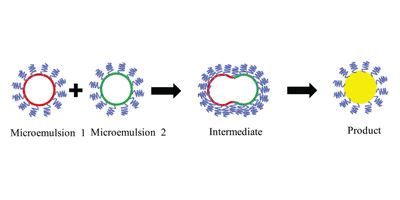
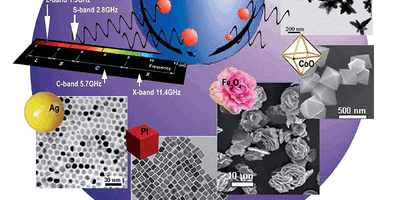
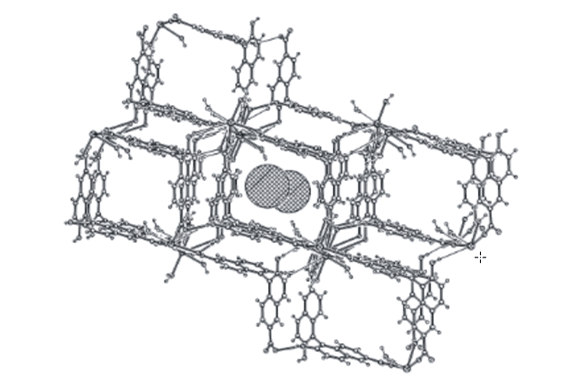
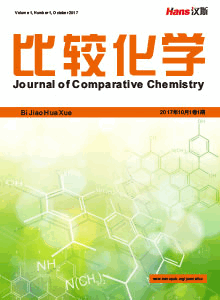
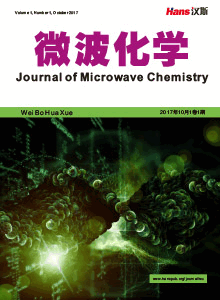





 京ICP备15050585号
京ICP备15050585号

